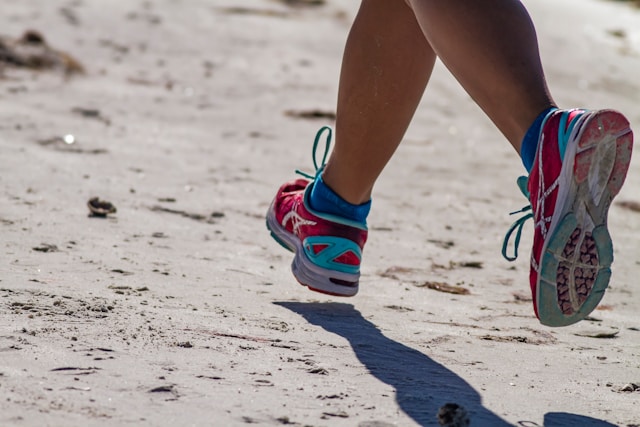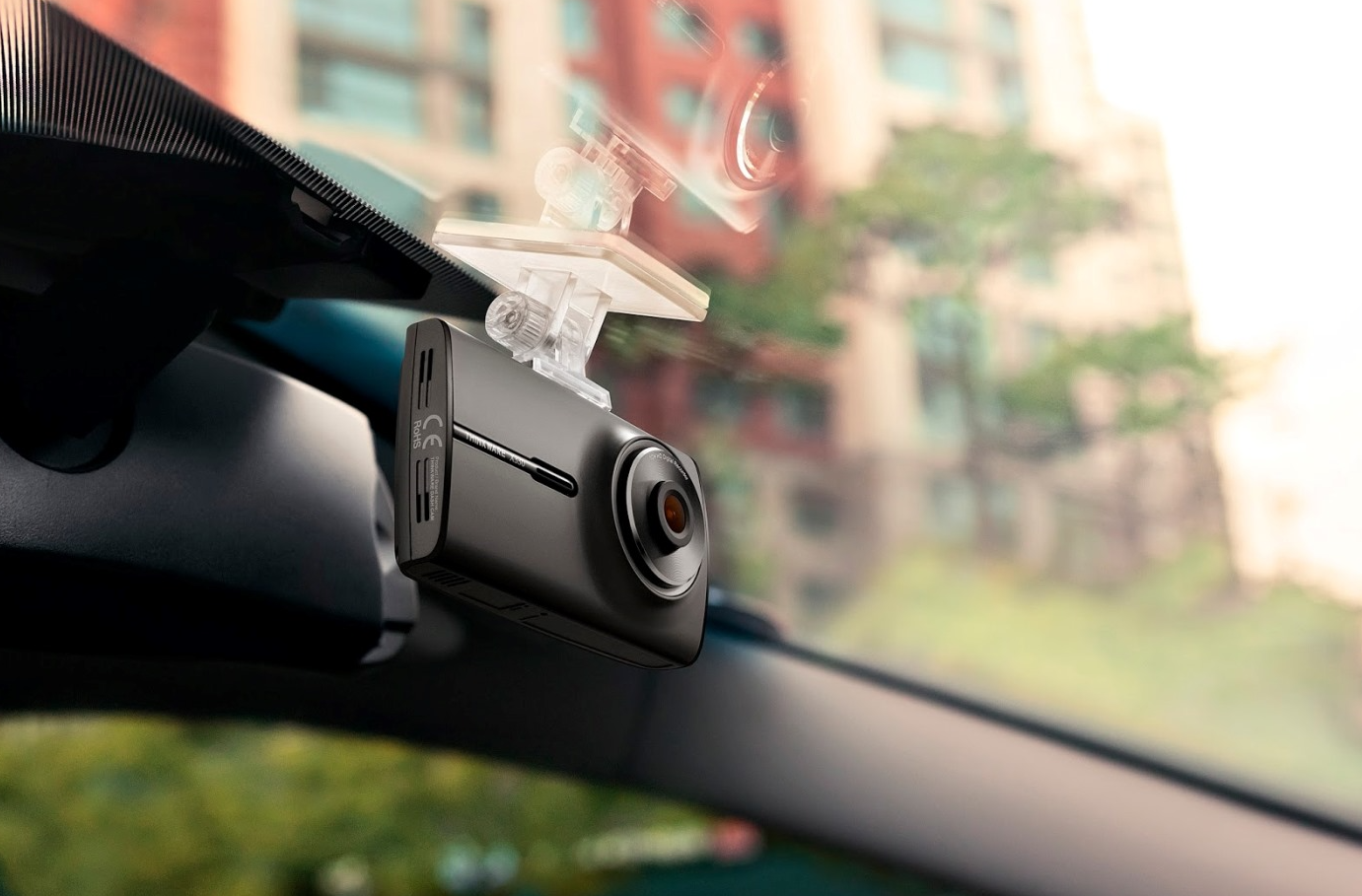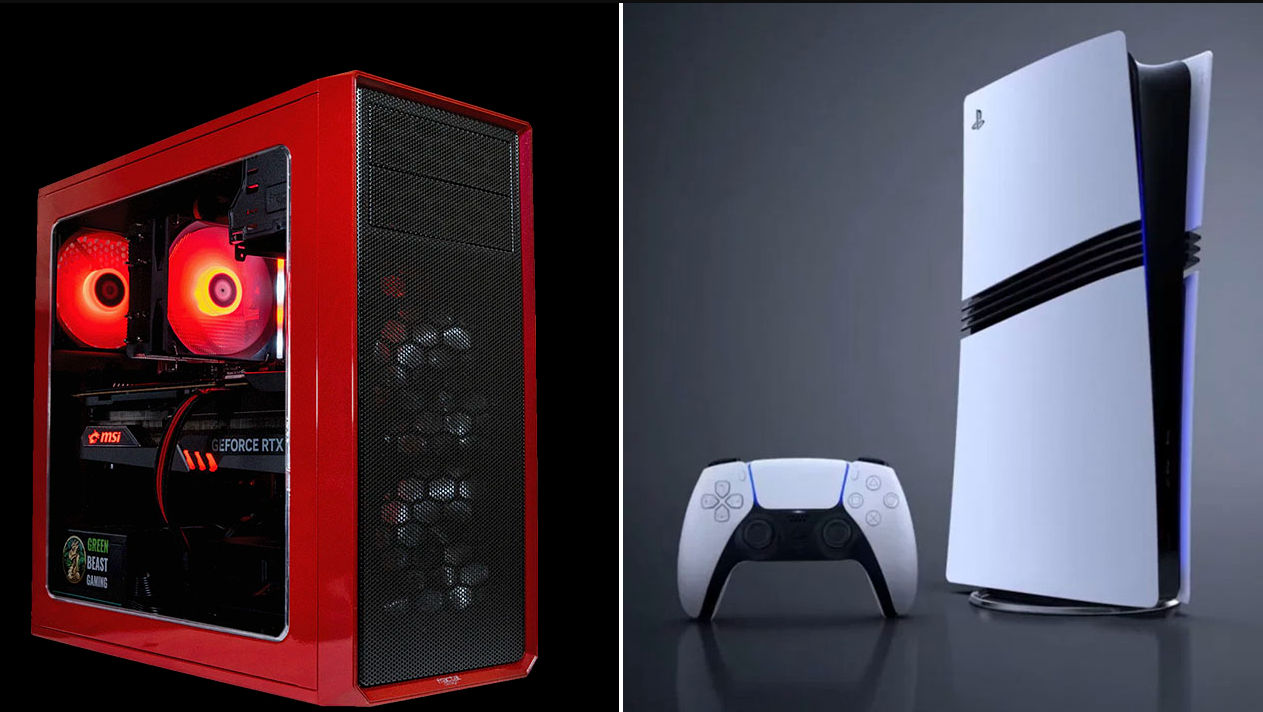
Running is a wonderful form of activity that can improve fitness, health and mental harmony. However, in order for running to bring only benefit and pleasure, it is important to ensure that you are comfortable, in particular, to choose the right shoes. Running shoes are not just a fashion accessory, they are an important tool that provides foot protection, walking stability and cushioning when running. In this article, we’ll look at the key features you need to look for when choosing the right running shoes.
Determine the type of pronation you have
Pronation is a natural process that occurs with every step and refers to the way your foot bends as you move. There are three main types of pronation: normal, hyperpronation (or flat feet) and hypopronation (or high arch).
To determine your pronation type, you can consult a specialist or do a simple test at home: wet your feet and stand on a piece of paper. You can judge the type of pronation from the print: people with normal pronation have a print of the whole foot with the exception of a small gap, people with hyperpronation have a print of almost the whole foot, and people with hypopronation have a print of only the outer part of the foot and the heel.
Take into account the running surface

The type of surface you intend to run on is also important when choosing running shoes.
- Hard urban surfaces. For running on asphalt and concrete, trainers with good cushioning that can soften the impact on your joints are suitable.
- Treadmill or stadium. If you prefer to run on treadmills or the stadium, running shoes with less cushioning but a more flexible sole will suit you.
- Rugged terrain, trail running. Trailrunning shoes with a treaded sole that provides good traction and protection against rocks are essential for running on dirt paths, forests or mountains.
Sizing and fit of trainers
The right running shoe size is the key to running comfort. As a rule of thumb, running shoes should be half a size or a size larger than your normal running shoe size so that your toes do not touch the front of the shoe and there is enough room for the natural movement of the foot.
Materials and technologies
Modern manufacturers of running shoes use many innovative technologies and materials that improve comfort, cushioning, ventilation and durability of the shoe. Carefully study the description of the model, pay attention to the material of the upper, sole, inner insole and other elements.
Choosing running shoes is a responsible and informed choice. Your comfort, performance and, most importantly, the health of your legs and back depend largely on the right choice of footwear. Therefore, when choosing running shoes, it is recommended to pay attention to the following key characteristics:
- Cushioning: The importance of shoe cushioning cannot be underestimated, especially when it comes to running. Cushioning ensures that your joints are protected from ground shocks, which reduces the risk of injury. Cushioning is usually provided by special materials used in the sole and insole of running shoes. It is worth considering that cushioning that is too soft can lead to a loss of stability, and cushioning that is too hard can lead to inadequate impact protection.
- Support: The level of support that a shoe provides can be particularly important for runners with certain foot conditions, such as flat feet or excessive pronation. Shoes with good support help to stabilise the foot and maintain proper positioning during running, which reduces the risk of injury.
- Flexibility: Determines how easily they bend according to the movement of your foot. Trainers that bend well allow your foot to move naturally, which can improve your running technique. However, shoes that are too flexible may not provide enough support.
- Weight: This can affect your speed and fatigue. Lighter running shoes are usually more comfortable for running long distances, but they may offer less support and cushioning. Heavier running shoes are usually more durable and offer more protection, but may slow your speed.
- Outsole: This is the part of the shoe that is in contact with the ground. The composition of the sole affects durability, grip and cushioning. Hard soles are usually more durable and provide better traction on rough or slippery surfaces, while soft soles usually provide better cushioning.
- Upper: The part of the shoe that protects and supports the foot and provides ventilation. The upper material must be breathable to prevent overheating and strong enough to protect the foot from external influences.
- Lacing system: It plays a key role in ensuring that the shoe fits securely on the foot. A properly adjusted lacing system should allow the foot to be held in place tightly enough without causing discomfort or interfering with blood circulation.
- Insole shape: Should conform to the shape of your foot to provide comfort and support during running. In some cases, especially if you have foot problems, it may be useful to choose models with removable insoles to be able to replace them with customised orthotic insoles.
Keep in mind, women’s and men’s running shoes are designed with anatomical and biomechanical differences between men and women in mind. Below are some of the main differences:
| Characterisation | Men’s trainers | Women’s trainers |
| Shoe width | Wider, especially in the heel area | Already, especially in the heel area |
| Weight | Have more cushioning to support more weight | Have less cushioning due to lower average weight |
| Shape and size | Usually large in size and shaped to fit a man’s foot | Usually smaller in size and shaped to fit a woman’s foot |
| Pronation | Usually offer standard support | Often offer extra support in the midfoot due to more pronation |
| Design and colour | Usually more subdued colours and designs | Usually available in brighter and more varied colours and designs |
Types of running shoes
They are categorised according to various characteristics including their purpose, support, structure and design. Here are some of the main types:
- Road running shoes: These are the most common running shoes designed for running on tarmac or other hard surfaces. They usually have a lightweight design and offer cushioning to soften the impact of running.
- Trail running shoes: These shoes are designed for running on uneven, unpaved trails. They usually have a more durable sole with increased traction and protection from rocks and other obstacles.
- Mid-distance running shoes: Sneakers designed for mid-distance running (800 metres to 10 kilometres) usually offer a good balance between lightness, cushioning and support.
- Marathon and Ultra Marathon Sneakers: These trainers are designed for distances from full marathons (42.195 km) to ultra distances. They provide enhanced cushioning and support for long distances while remaining lightweight and breathable.
- Competition running shoes: These are lightweight running shoes that offer a minimum of cushioning in favour of speed and efficiency. They are usually used by professional runners and for short distances.
- Neutral Cushioning Sneakers: These trainers offer cushioning without additional support or stabilisation. They are ideal for runners with normal to high foot arches that do not oversaturate or underpronate.
- Stabilising Sneakers: These trainers offer extra support and cushioning for runners who overpronate (who have feet that tend inwards when running).
- Trainers with minimal soles (“barefoot running”): They usually have a very thin sole and minimal cushioning, bringing the experience closer to running without shoes. They are usually used to train the muscles of the foot and improve running form.
- Trainers with enhanced cushioning (“maximal trainers”): These running shoes offer enhanced cushioning for maximum comfort and joint protection. They are ideal for long distances and runners who prefer a soft sole.
Some popular brands of running shoes include Nike, Adidas, Asics, Brooks, New Balance, Saucony and Hoka One One. However, it is always important to choose a shoe that is perfect for you, considering your individual needs and running style.
Useful tips

Here are some tips to help you when buying running shoes:
- Fit your shoes at the end of the day: your feet increase in size slightly towards the end of the day, so buying shoes at this time will ensure a more accurate size match.
- Use sports socks: It is a good idea to try on running shoes in the socks you plan to run in. This will help to ensure the most accurate fit.
- Consider the space for your toes: There should be a space of approximately 1 cm between the big toe and the end of the running shoe. This allows your toes to move slightly when running and prevents chafing and blisters.
- Test your shoes: If possible, take a few steps or even run a short distance in your shoes to make sure they are comfortable and fit properly.
- Don’t trust the “wear period”: Running shoes should be comfortable from the moment you put them on. If they are uncomfortable in the shop, they are likely to be uncomfortable while running.
- Know your type of pronation: Pronation is the movement of the foot when running. Some people tend to overpronate (the foot tilts inwards when running), others tend to underpronate (the foot tilts outwards). Different types of pronation require different support, so it’s important to know your type of pronation when choosing running shoes.
- Update your shoes regularly: Even the best running shoes wear out over time. As running shoes wear out, the level of support and cushioning decreases, which can increase the risk of injury. Experts recommend upgrading your running shoes about every 500-800 kilometres.
Top 5 models of running shoes
- Nike Air Zoom Pegasus 38 Men’s: This running shoe offers reliable cushioning, comfort and durability. The model provides good rebound when running and is suitable for both short and long distances.
| Model | Type | Season | Manufacturer |
| Nike Air Zoom Pegasus 38 Men’s | men’s | All-season | Nike, USA |
- Adidas Ultraboost 21 Women’s: Sneakers with excellent cushioning and energy return, thanks to Boost technology in the sole. Ideal for long training sessions.
| Model | Type | Season | Manufacturer |
| Adidas Ultraboost 21 Women’s | female | All-season | Adidas, Germany |
- Asics Gel-Kayano 28 Men’s: Offers great support and stabilisation, making it ideal for overpronators.
| Model | Type | Season | Manufacturer |
| Asics Gel-Kayano 28 Men’s | men’s | All-season | Asics, Japan |
- Hoka One One Bondi 7 Women’s: An excellent model with enhanced cushioning, making it particularly comfortable for long training sessions and marathon races.
| Model | Type | Season | Manufacturer |
| Hoka One One Bondi 7 Women’s | female | All-season | Hoka One One, France. |
- Brooks Ghost 14 Men’s: This model provides a soft, smooth fit and good cushioning. Ideal for runners with neutral pronation.
| Model | Type | Season | Manufacturer |
| Brooks Ghost 14 Men’s | men’s | All-season | Brooks,U.S.A. |
Choosing running shoes is a process that requires attention and knowledge. I hope this article has helped you learn about the key features of running shoes and how to consider your individual needs when choosing them. Remember that the most important thing in choosing shoes is your comfort and safety. Therefore, feel free to try on different models and brands to find the running shoes that are perfect for you. Running is a great way to keep fit and have fun, and the right running shoes will make your running experience even more enjoyable and effective.





